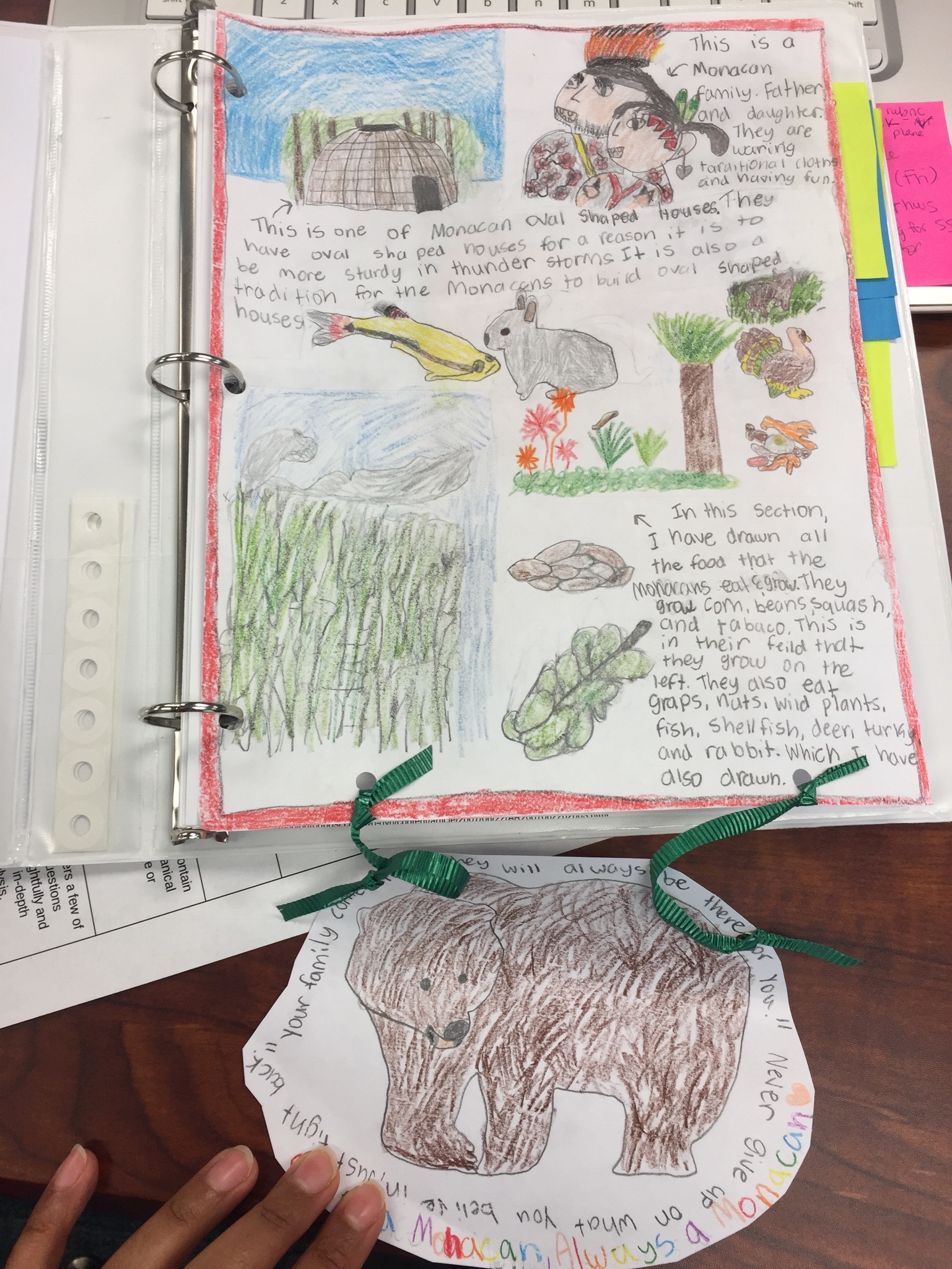Learning Through Photos
In my third grade class, we usually end our year with an integrated Social Studies, Reading, and Writing unit where we learn about the different regions of and research different countries in Africa, but this past year we ran out of time and weren’t able to do a lot of the creative grouping or sharing of materials that characterize this unit. So instead we focused on learning more about Ethiopia as a class. We chose Ethiopia as Washington D.C. is home to the largest population of Ethiopian born people in the United States. There are also many Ethiopian Americans in and around D.C. In past years, we’ve ordered food from a local Eritrean restaurant as part of our end of year celebration, but this year we were sadly unable to do that.
We started our study of Ethiopia by looking at maps, watching short videos, and reading nonfiction books and articles together. Students had so many questions and wanted to see more, so we gave them time to work in pairs and enjoy this photo essay about Ethiopia from The Atlantic: Beauty and Color: Scenes From Ethiopia (the first photo is the cover photo for this post).
Students looked at the essays on their individual laptops (we had one laptop per pair or group of three), although it can also work to look at each photo together as a whole class. We wanted them to have more autonomy to spend time with the photos that really interested them as well as have small group discussions (which are difficult when everyone is sitting at their own desk six feet apart). As they looked at the photos, we had them fill out a See Think Wonder chart which we found here (also pictured above).
You can see one student’s work here. This student said he had more questions, but wasn’t sure how to write them down (phrase them) and also talked about them a lot with his group mates. We reminded students about the importance of being respectful if something is new or different for you and asked them for suggestions for what you could say in that situation (This is something new for me, this is different from what I’m used to, I notice, I used to think, but now I’m thinking..).
I learned this approach of having students research or gain information from photos from Tony Stead whom I was lucky enough to work with at a public school in NYC. He taught me so many new ways of approaching reading and writing nonfiction which I’ve used in Social Studies, Writing, and Reading lessons since. (This idea that I’m writing about would also work for Science, but I don’t teach Science in my current position as we have separate Science teachers/class at my school). Tony Stead has a different chart called a R.A.N. (Reading and Analyzing Nonfiction) chart that is a modified/improved version of a KWL chart (what you know, want to know, and what you’ve learned) that is also a wonderful tool for a longer research unit.
I’ve used this approach of looking at photos and observing, pondering, and wondering in many different ways. It’s also really helpful with current or historical events (we took a similar approach, but with a slightly different chart when learning about sit ins). Also, if you are interested in learning about the large Ethiopian population in and around Washington D.C., we loved this story by WAMU!



